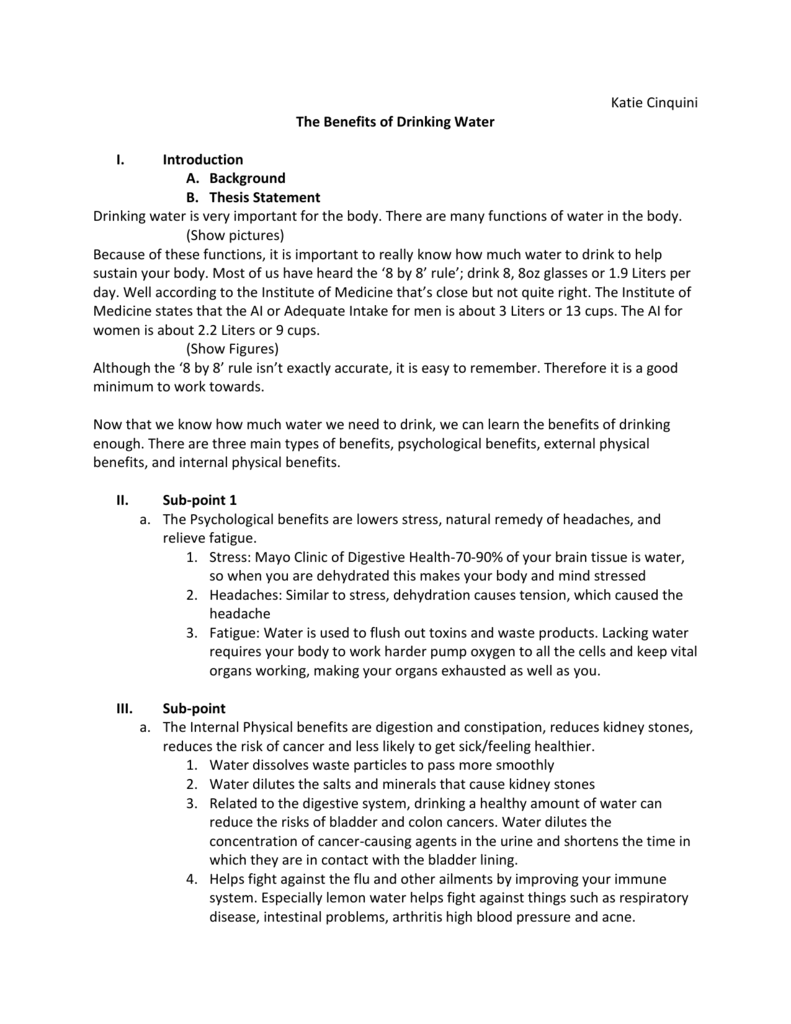


“This rule gave bureaucrats virtually unlimited authority to regulate stock tanks, drainage ditches, and isolated ponds as navigable waterways … Sometimes, you’d have a puddle - a little puddle.
TRUMP TAKES SIP OF WATER IN SPEECH LICENSE
They end up in rivers and oceans.”Īs for how the rule applies to water on private property, Brimmer adds: “The only time it says ‘prohibited,’ it also says ‘without a permit.’ You’d do the same thing to build a garage on your property or get a license for your car. “That’s how the world works - waters go into streams, groundwater, and wetlands. That science shows that waters are connected,” she says. “All that rule did was make sure our water protections are backed by science. “The Clean Water Act says water should be clean, that we should keep it clean, and that we should restore it when we make it dirty.” Brimmer explains that the government developed the Clean Water Rule to provide the basis for why the Clean Water Act should apply to all natural waterbodies in the U.S. “No it didn’t,” scoffs Earthjustice attorney Janette Brimmer. “That was a rule that basically took your property away from you.” I asked our experts on the matter to address the president’s remarks. So what could be so bad about a law to stop water pollution that the Trump administration would decide to repeal it?Įarthjustice is representing tribes and environmental groups in a legal challenge to this attack on water protections. But the reason for it was simple: keep U.S. Like other environmental regulations, WOTUS was necessarily detailed and grounded in science. In a speech at the American Farm Bureau convention, President Trump declared, “I terminated one of the most ridiculous regulations of all.” The president was talking about Waters of the United States (WOTUS), or the 2015 Clean Water Rule, which the Obama administration created to better enforce the Clean Water Act, one of the country’s most essential and effective environmental laws.


 0 kommentar(er)
0 kommentar(er)
